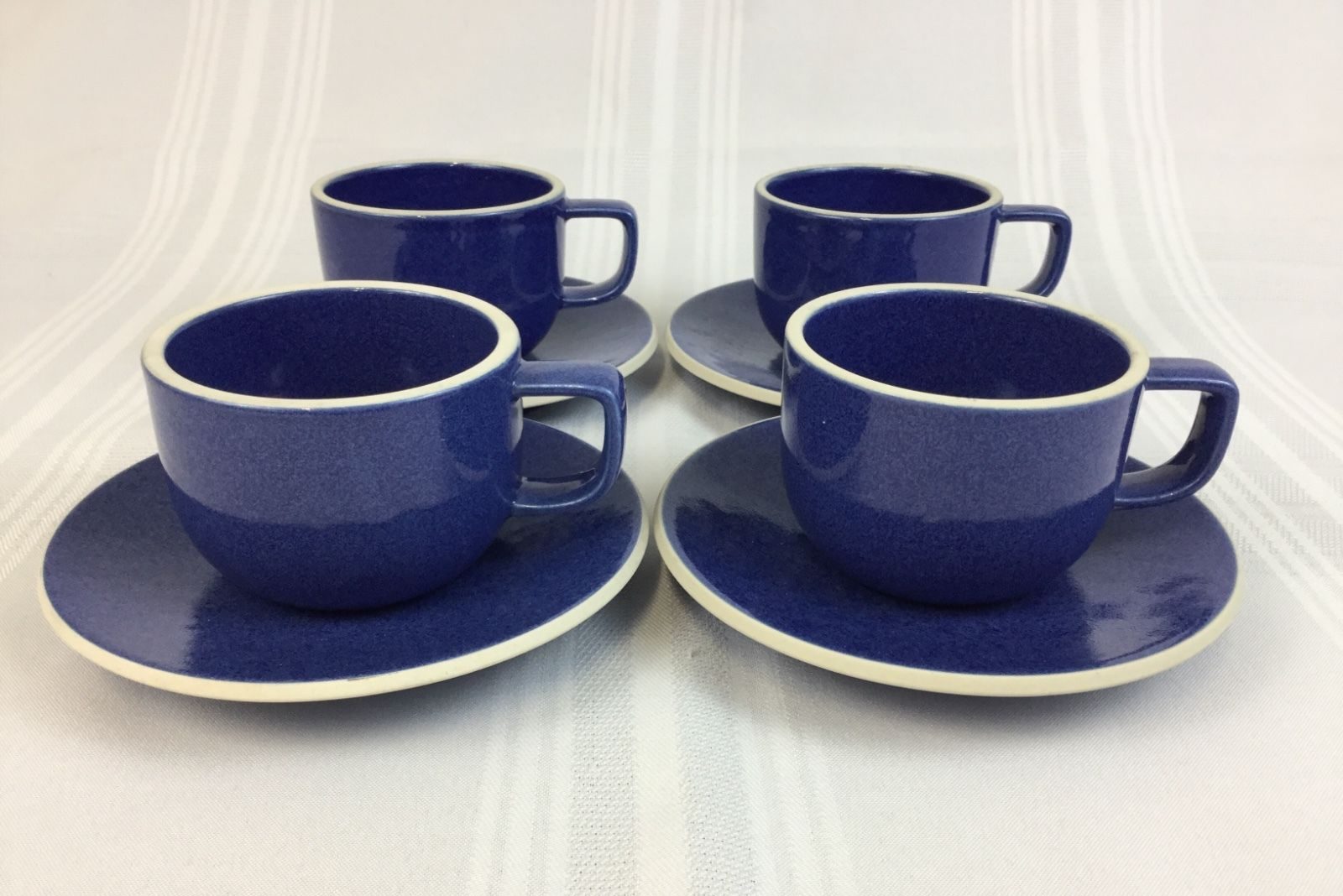In the Hebrew Calendar, Pesach follows close behind Purim, where Pesach occurs in the month of Nisan, which is immediately preceded by the month of Adar, which is the month of Purim. It parallels Purim in another aspect as well, namely that wine plays a crucial role in its celebration. Yet there is a difference – essentially, that in the case of Purim (according to one interpretation), the purpose of wine is to dull our senses, whereas in the case of Pesach, it is to heighten our awareness.
In this section, we will become somewhat familiar with the following:
- “Kos Rishon” – The First Cup
- “Kos Sheni” – The Second Cup
- “Kos Shlishi” – The Third Cup
- “Kos Revii” – The Fourth Cup
1. “Kos Rishon” – The First Cup
The first cup of wine accompanies Kiddush. The function of Kiddush is to give expression to the Sanctification of Time (not the magazine); that is, the ability of Time to be invested with holiness.
This sanctification manifests itself in relation to Shabbat and the Holidays. The Shabbat was sanctified by G-d, in order for us to remember both the creation and the Exodus. We were commanded to sanctify the Festivals by means of establishing the Rosh Chodesh, the beginnings of the various months, in the Sanhedrin, the Jewish equivalent of Congress and the Supreme Court.
Each of the Festivals has a distinctive nature and, for the Jew, the question “Mah Yom MiYomayim?” “Why or How is this day different in its nature from other days?” always has a unique answer, as we shall see in connection with the first of the Four Questions.
In Kiddush, we thank G-d for being the “Mekadesh Yisrael V’HaZmanim,” the One Who made Israel holy, and thereby gave Israel the mastery over time to be able to confer holiness upon the Festivals.
2. “Kos Sheni” – The Second Cup
This cup is drunk after the fulfillment of the Mitzvah of “Sipur Yetziat Mitzrayim,” “Telling the Story of the Exodus of the Jewish People from Egypt.”
The first part of Hallel has been recited, in which G-d is praised for being our constant source of salvation in every generation of the Jewish Past. When reciting that Section, we were raised to an emotional climax when we recited the blessing in which we became the first recipients of G-d’ s Salvation, even before our ancestors, “Who redeemed us and our fathers;” “us” before our “fathers.”
We request that G-d bring the Final Redemption and that once again, we will have the opportunity to celebrate future Passover’s and the other Festivals in Jerusalem and at the Temple.
“Blessed are You, O L-rd, Who has Redeemed Israel.”
This is followed immediately by the blessing over the wine and our drinking of it. This is the cup where the obligation to lean on one’s left side as an expression of freedom, while drinking, is strongest.
3. “Kos Sh’lishi” – The Third Cup
The third cup is drunk at the conclusion of the “Bircat HaMazon,” the Blessing which we recite at the end of a full meal. It represents our gratitude to Hashem for being the “Zan et HaKol,” the One Who sustains all of Creation, Who showers blessings upon the Land of Israel, during Festivals the One Who defined the unique holiness of each, and the One Who is rebuilding and will continue to rebuild Jerusalem.
4. “Kos Revii” – The Fourth Cup
This cup is drunk after the concluding portion of Hallel is recited. According to Jewish Tradition, this portion is focused on the future, and asks G-d to redeem Israel and humanity-at-large, and usher in the period spoken of by the Prophets, in which “Nishmat kol chai tevarech et shimecha, Hashem” “The soul of every living thing will bless Your Name, O G-d.”
At that time, all of humanity will come to the realization that “lecha tov l’hodot, u’leshimecha naeh lezamer,” “to you it is good to give thanks, and to Your Name it is fitting to sing,” because truly, Hashem is the “Melech Kel, Chai HaOlamim,” “Almighty King, Life of the Universe.”
Blessings are recited before and after the drinking of the Cup, and the Seder is thereby concluded.

